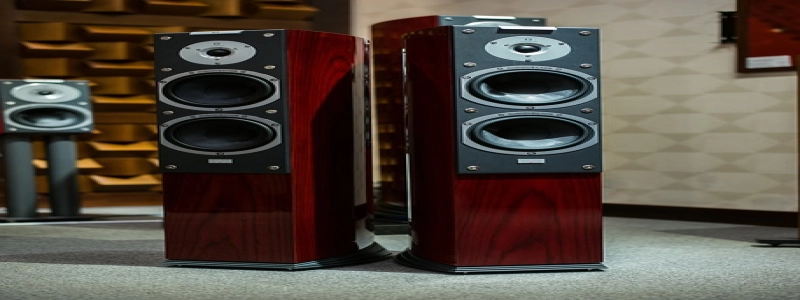Measures of Dispersion Examples
Introduction
Measures of dispersion are statistical tools used to describe the spread or variability of a data set. They provide information about how the data values are distributed around a central tendency, such as the mean or the median. In this article, we will explore various examples of measures of dispersion and how they can be used to analyze data sets.
1. Range
The range is the simplest measure of dispersion, calculated as the difference between the maximum and minimum values in a data set. For example, suppose we have a data set consisting of the ages of a group of students in a class: 18, 19, 20, 21, 22. The range in this case would be 22 – 18 = 4, indicating that the ages vary by 4 years.
2. Interquartile Range (IQR)
The interquartile range is a measure of dispersion that focuses on the middle 50% of a data set. It is calculated as the difference between the third quartile (Q3) and the first quartile (Q1). For instance, let’s consider a data set representing the test scores of a group of students: 65, 70, 75, 80, 85. The Q1 is 70 and the Q3 is 80. Therefore, the IQR would be 80 – 70 = 10, indicating that the middle 50% of the scores vary by 10 points.
3. Variance
Variance measures the average squared deviation of a data point from the mean. It provides a more precise measure of dispersion compared to the range or IQR. To calculate the variance, we need to find the difference between each data point and the mean, square the differences, sum them up, and then divide by the number of data points. For example, consider a data set representing the number of sales made by a group of employees in a month: 10, 15, 20, 25, 30. The mean is 20, and the variance would be calculated as (10-20)^2 + (15-20)^2 + (20-20)^2 + (25-20)^2 + (30-20)^2 divided by 5, resulting in a variance of 50.
4. Standard Deviation
The standard deviation is the square root of the variance and is widely used as a measure of dispersion. It provides information about the spread of data points around the mean. Continuing the previous example, the variance was found to be 50. Taking the square root of 50 gives us a standard deviation of approximately 7.07. This implies that the sales figures deviate from the mean by an average of 7.07 units.
Conclusion
Measures of dispersion are essential in statistical analysis as they help us understand the spread of data values. In this article, we explored examples of measures of dispersion, including the range, interquartile range, variance, and standard deviation. These measures allow us to gain insights into how data points vary from the central tendency, enabling better interpretation and decision-making in various fields such as finance, psychology, and public health.







